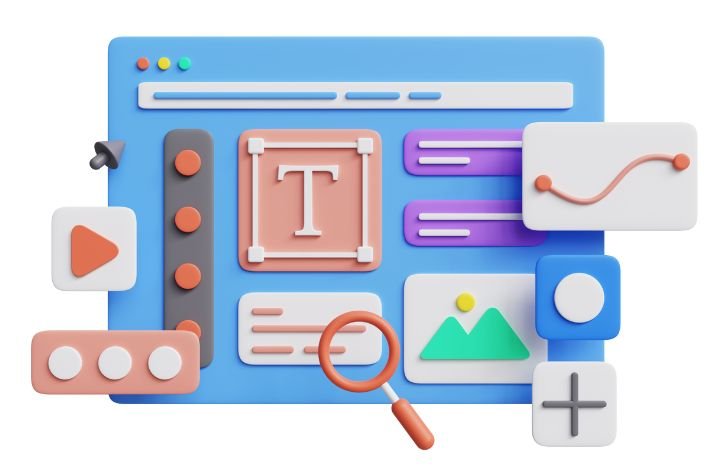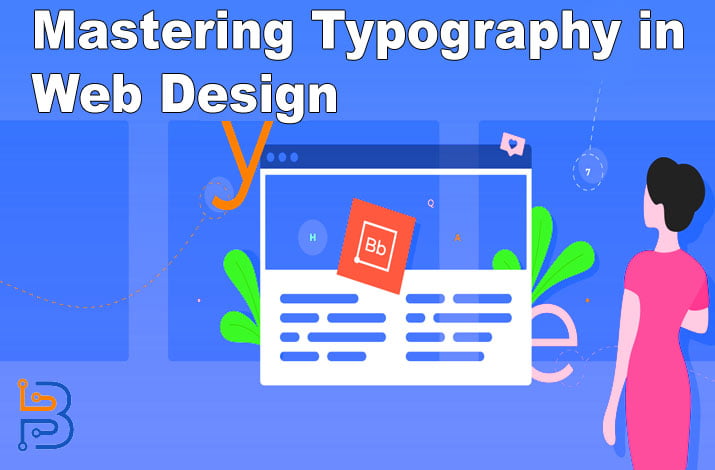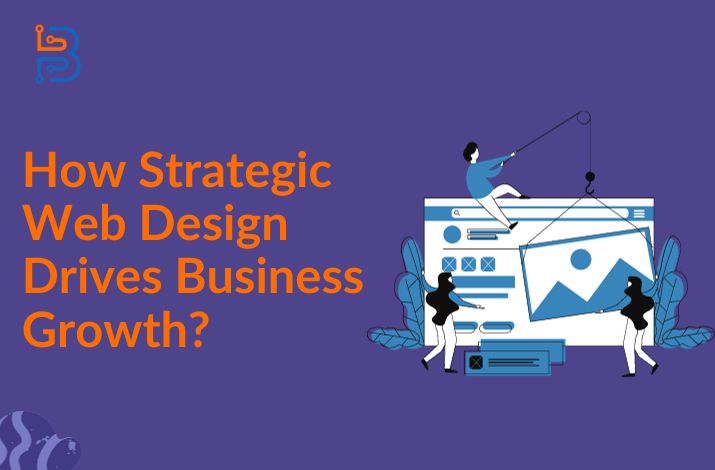Importance of Visual Hierarchy in Web Design

Capturing and maintaining the attention of website visitors is critical in the fast-paced world of web design. Users often decide to stay on a website or leave it and visit another within a few seconds. Designers can create a clear visual path for consumers by strategically positioning vital content and employing contrasting sizes, colors, and fonts.
This improves the user experience and promotes website retention and conversion. Website visual hierarchy is created by web design firms like Digital Silk for some brands. This article discusses how visual hierarchy influences user experience in web design.
Visual hierarchy is the positioning and order of things on a website to convey significance and direct the user’s attention. It is a critical component of user interface and user experience (UI/UX) design. It is a fundamental component of graphic design. Strategically utilizing design components, including font, color, contrast, spacing, and layout, creates a structured and understandable visual flow.
These design components help establish a clear hierarchy by making certain elements stand out more than others. For example, larger fonts or brighter colors can draw attention to information or calls to action. Spacing and layout can create a sense of organization and guide the user’s eye through the page.
Importance of Visual Hierarchy in Web Design

Arrangement of Information
Visual hierarchy aims to simplify information. Consumers should immediately comprehend a website’s purpose and content. Users can navigate the page faster, reducing cognitive burden and annoyance. Visual hierarchy uses size, color, and positioning to highlight significant information and direct user attention. Clear and structured information improves user experience and helps consumers find what they need.
User Interaction
Well-designed visual hierarchy can boost user engagement. Customers are more likely to engage with content if they can easily identify the key message. Solid headlines and eye-catching buttons encourage viewers to sign up, buy, or explore. A clear visual hierarchy helps users navigate the content effortlessly, reducing confusion or frustration. By guiding their attention to the most critical elements first, users can quickly understand the purpose of the material and feel encouraged to take action.
Corporate Identity
Website brand identification is also improved by visual hierarchy. Consistency in color, typeface, and logo positioning helps customers recall brands. Creating a visual arrangement that matches the company’s style and values boosts brand awareness and trust. Icons and visuals on the website can strengthen the brand’s identity. This coherent visual language makes user experiences memorable and impactful, establishing the brand’s identity.
Defining Readability and Accessibility
The accessibility of web content is a crucial concern in current web design. The readability and accessibility of a website are aided by visual hierarchy. Clear hierarchies and well-structured content guarantee readable text, strategically positioned pictures, and simple navigation. This increases the website’s accessibility and usability for all users, including those with disabilities.
A web page’s visual hierarchy focuses viewers’ attention and helps them understand the material. Designers may create an appealing and accessible experience using font size, color contrast, and spacing. Screen reader compatibility improves website accessibility for disabled people.
Mobile Adaptivity
As mobile usage rises, responsive site design is essential. The visual hierarchy’s seamless adaptability to screen sizes makes the most important information easily accessible on mobile devices. Designers must consider visual size across devices and screen orientations to provide a consistent and compelling user experience. They should also improve the website’s appearance and navigation for touch interactions to make it easy for mobile consumers to use. Designers should routinely test the site on different mobile devices and screen sizes to uncover mobile adaptability difficulties.
Increasing User Trust and Credibility
Online scams and misinformation make website credibility vital in today’s digital world. Visual hierarchy is crucial to building audience trust. Trust grows when individuals can easily find the information they need. The clean typeface, well-organized information, and consistent design show professionalism and detail. Visual hierarchy can highlight trust-building elements like customer reviews, credentials, and contact information. When these qualities are prioritized, users trust the website and are more likely to engage or buy. A trustworthy, well-organized website provides a fantastic user experience that encourages repeat visits and referrals.
Increasing SEO and search engine presence
Search engine optimization (SEO) is essential to increasing your online presence and driving organic traffic to your website. When consumers can rapidly discover the information they require, they are more likely to stay on your website longer, explore several pages, and engage with your content. When ranking websites, search engines like Google consider user behavior. A lower bounce rate and a longer session duration may positively impact your search engine rankings. Using headers and subheadings in your visual hierarchy that are appropriately organized will help with on-page SEO.
Search engines utilize these headings to determine the structure and relevance of the material. By employing suitable HTML elements (such as h1> for primary headers and h2> for subheadings), you improve your material’s readability and give search engines clear signals about the importance and structure of your content. Incorporating keywords effectively throughout your aesthetically prioritized content also aids search engines in understanding the context and relevancy of your sites. This synergy between visual hierarchy and SEO ensures that your website looks appealing to consumers and ranks better in search engine results pages (SERPs), attracting more organic traffic and potential clients.
Conclusion
A good visual hierarchy in web design is essential. It underpins an engaging and user-friendly website. Web designers may guide users, communicate, and create memorable brand experiences by strategically using design elements. Web designers should emphasize visual hierarchy to make their websites seem good and provide content and engagement. Today’s competitive digital economy requires site designers to understand visual hierarchy.
Visual hierarchy is the arrangement and grouping of webpage elements to guide users’ attention and make content navigation easy. Size, color, contrast, and placement are used to highlight vital information and direct users’ attention. Web designers may improve user experience, conversions, and website goals by understanding and using visual hierarchy.





